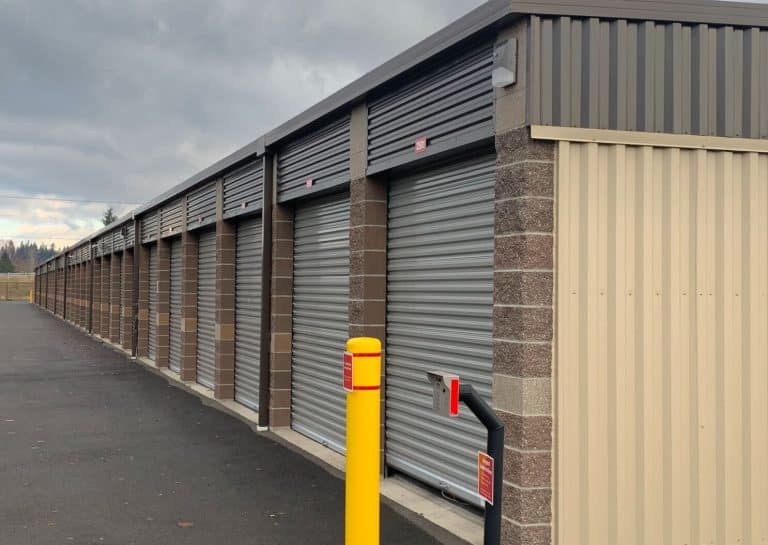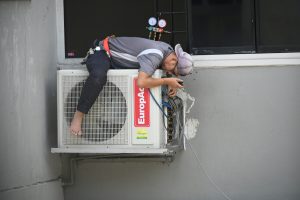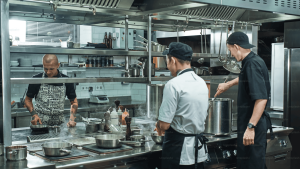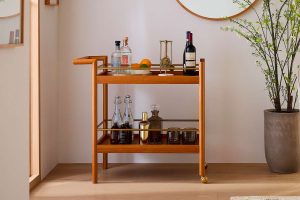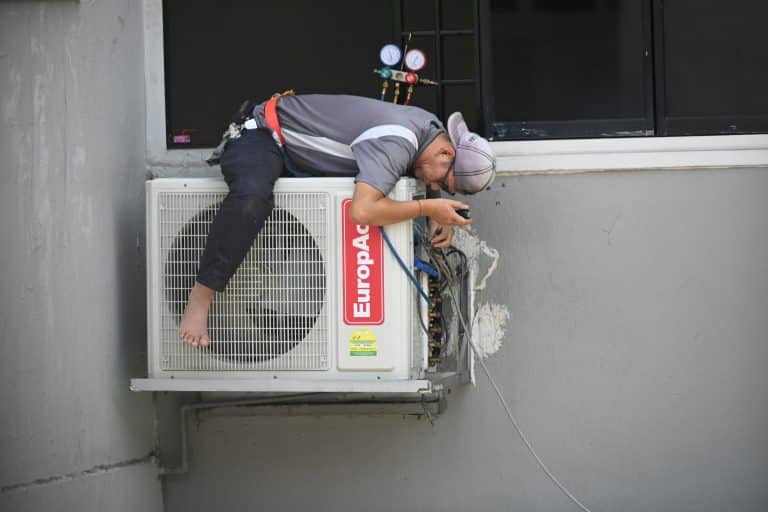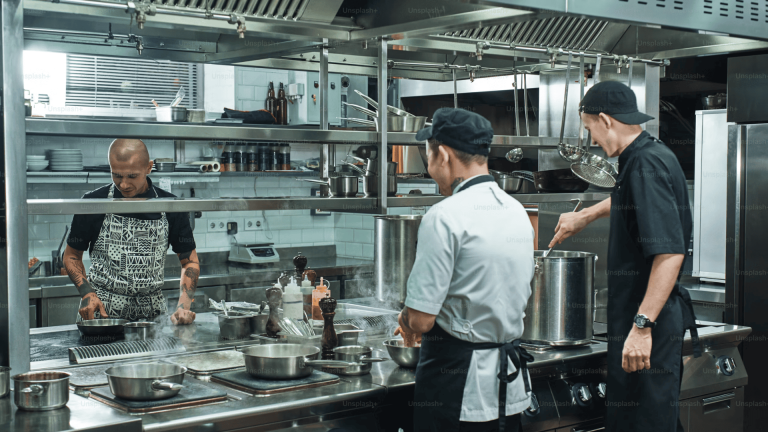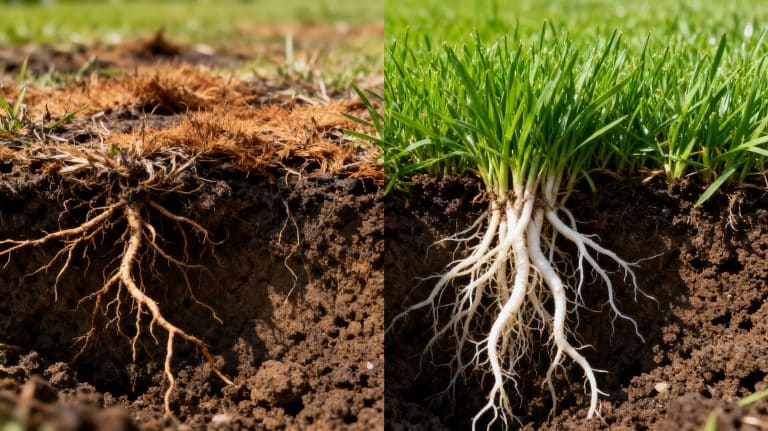Having lived in the south for many years of my life, I’ve learned through that all the extra space never feels like enough. Given unpredictable weather patterns, including hurricanes, and the shifts brought about by the pandemic, I’ve developed a pragmatic view of my possessions. Decluttering, for me, has evolved into a deeply satisfying and cleansing experience.Over the last few years, self-storage has gone from being a convenience to being something that feels increasingly close to a necessity.
When I first started looking for storage in 2024, I didn’t care much about security or technology. I just needed a place to put my stuff during a move. That changed quickly when I realized how much difference a well-designed, secure facility makes. As we move into 2026, the self-storage industry in the South is evolving fast, and anyone planning a move, downsizing, or protecting seasonal equipment should know what to look for.
Built Different
The southern climate is unforgiving. Constant humidity, salt air, and summer storms cause damage faster than most people expect. According to the National Weather Service, Florida and the Gulf Coast now experience an average of 14 to 18 named storms per year. Even in inland areas of Georgia and the Carolinas, flash floods and high humidity remain common threats.
That kind of weather means storage isn’t just about space as much as it is about preserving your property. In 2026, most new facilities in the region are being built with elevated foundations, sealed roofs, and full climate control. The best operators have learned that temperature and moisture management are as important as locks and cameras.
Modern Storage Solutions
Today’s facilities are very different from the old corrugated-metal rows you might remember from a few decades ago. Many new locations feature app-controlled gate entry, 24-hour video surveillance, LED lighting, and strong on-site management. Inside Self-Storage reports that motion sensors and cloud-based monitoring are becoming standard in new builds across the Southeast.
Another major upgrade is climate stability. StorageCafe’s 2025 self-storage analysis found that more than 70 percent of new facilities built in the South now offer full climate control to protect furniture, documents, and electronics from mold and warping. For those storing boats, tools, or antique items, this feature alone can save thousands in damage.
These facilities increasingly include fully fenced perimeters, gated keypad entry, and full video coverage, but what impressed me most was the on-site staff presence. It’s the kind of operation that combines new technology with local accountability. You can actually speak with someone face-to-face instead of depending on an app to fix a problem.
What to Check Before Signing a Lease
After touring a few facilities, I learned a few things worth passing along:
- Ask about flood zones. Even inland properties can flood. Request elevation details and drainage plans before renting
- Inspect the climate systems. Units should stay between 60 and 80 degrees and maintain humidity around 50 percent
- Check lighting after dark. Good lighting isn’t a bonus—it’s a safety requirement
- Verify insurance coverage. Most operators offer supplemental protection, but read the exclusions carefully
- Understand access hours. Some facilities limit nighttime access for security reasons, while others offer 24-hour entry with individual codes
If possible, visit at least two facilities before committing. You’ll get a better feel for what’s considered standard in your area and which operators take security seriously.
Self-Storage in 2026
A recent Forbes analysis of real estate trends noted that the Southeast holds the highest share of new storage developments in the country, largely due to population growth, rising housing costs, and downsizing retirees. In cities like Atlanta, Raleigh, and Tampa, smaller apartment footprints are driving renters toward climate-controlled storage units and other off-site storage locations as an everyday extension of home.
That demand is also raising the bar for quality. The best facilities are now built to handle both environmental challenges and digital expectations. Customers want controlled access, online payments, and instant account management—but they also want physical assurance that their belongings are safe during hurricane season.
Final Thoughts
By 2026, self-storage in the South isn’t just about convenience anymore—it’s about resilience. Whether you’re moving, renovating, or protecting business equipment, storage has become part of how southerners adapt to a fast-changing environment.
If I’ve learned anything, it’s that not all storage is equal. Look for well-managed facilities that blend real human oversight with strong technology.


